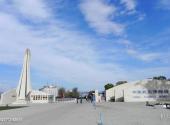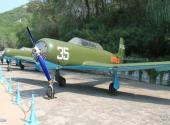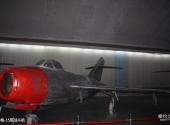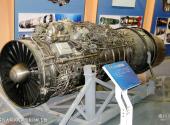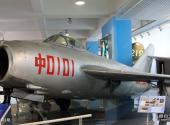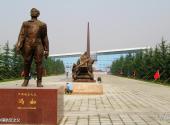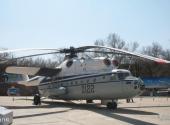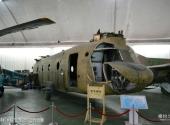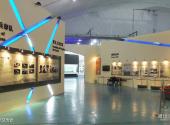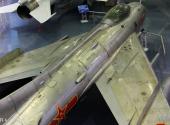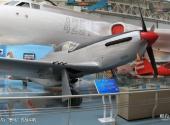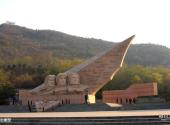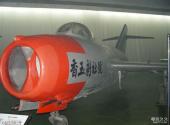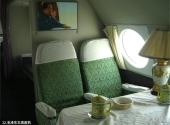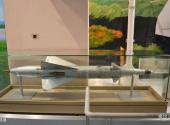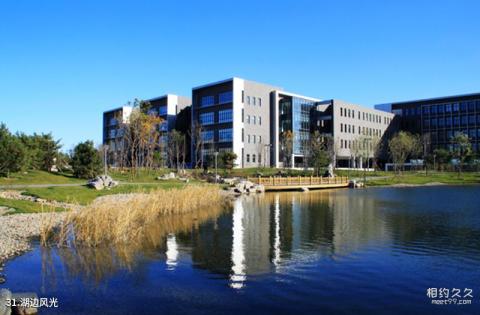
Scenic spot introduction:
The China Aviation Museum is the first large-scale aviation museum open to the public in Chinese history and the largest collection of aviation treasures in Asia. It has a collection of more than 299 aircraft, 94 national cultural relics aircraft, and nearly 10,000 aviation cultural relics. It is a collection of science and technology education and tourism. It is a national-level military-themed museum that is currently the largest aviation museum in Asia and among the top five in the world. At the same time, the museum is located in an elegant environment with birds singing and flowers fragrant, giving visitors a garden-like visiting experience. The annual summer camp and winter camp activities also allow young people to receive military training and learn aviation science knowledge. It is a national youth patriotism education, popular science education and national defense education base, a national patriotism education demonstration base, and one of Beijing’s “red tourism” scenic spots.Attractions distribution:
The China Aviation Museum is located at the foot of Datang Mountain in Changping, Beijing, covering an area of more than 700,000 square meters and a green area of 450,000 square meters. The museum consists of a cave exhibition hall, a comprehensive exhibition hall and an outdoor open-air exhibition area. It currently has a collection of 299 aircraft of 119 models, of which 47 meet the national first-class cultural relics standards and 47 meet the national second-class cultural relics standards, including the founding of the People's Republic of China. The P-51 "Mustang" fighter jets and Mosquito bombers that were reviewed during the ceremony, the P-40 fighter jets used by the U.S. "Flying Tigers" to support China's War of Resistance Against Japan, and the MiG-15 fighter jets used in the War to Resist U.S. Aggression and Aid Korea, etc. , Chairman Mao Zedong’s IL-14 transport aircraft (No. 4202), the Y-5 aircraft (No. 7225) that scattered the ashes of Premier Zhou Enlai to the rivers and land of the motherland, and the J-5 No. 0101 and J-5 developed and produced by China 6. J-7, J-8, Y-8 and other series aircraft. At the same time, it also collects 2,468 samples of weapons and equipment such as surface-to-air missiles, radars, aerial bombs, aerial cameras, flight clothing, aerial parachutes, aeronautical tires, and tens of thousands of aviation cultural relics. There were 1,021 gifts in exchange.Scenic spot qualifications:
National 4A-level scenic spot, national patriotism education demonstration base, popular science education and national defense education baseScenic spot features:
Museum, Science, MuseumBest time to visit:
All seasons
Shopping recommendations:
Air model and other souvenirs.
Scenic spot location:
China>Beijing>Changping District>Xiaotangshan Town
How to get there:
Bus route: Take Metro Line 5 to Tiantongyuan North Station. After exiting the station, transfer to No. 643 and District 643 buses to go directly to the Aviation Museum. Take Metro Changping Line to Nanshao Station. After exiting the station, transfer to Chang 51 and Chang 51 buses. The district bus goes directly to the Aviation Museum; others can also take No. 945, Chang 28, or Jiao 100 and get off at the Aviation Museum.
Self-driving route: Jingcheng Expressway, Sixth Ring Road, heading towards Changping/Xiaotangshan, exit from Ansi Road/Beiyuan/Xiaotangshan exit, and just drive along Shunsha Road. There are signs on the roadside. Card.
Scenic area map:
Click to expand the scenic area map
Aviation Museum ticket prices:
Free admission
Dongku Exhibition Hall: 20 yuan/person, half price discount for students and senior citizens over 60 years old with valid ID.
Comprehensive exhibition hall: 20 yuan/person, half price discount for students and senior citizens over 60 years old with valid ID.
Flight simulator: 30 yuan/5 minutes
Scenic area opening hours:
Tuesday to Sunday: 9:00 am - 16:00 pm (closed on Mondays, except statutory holidays)

